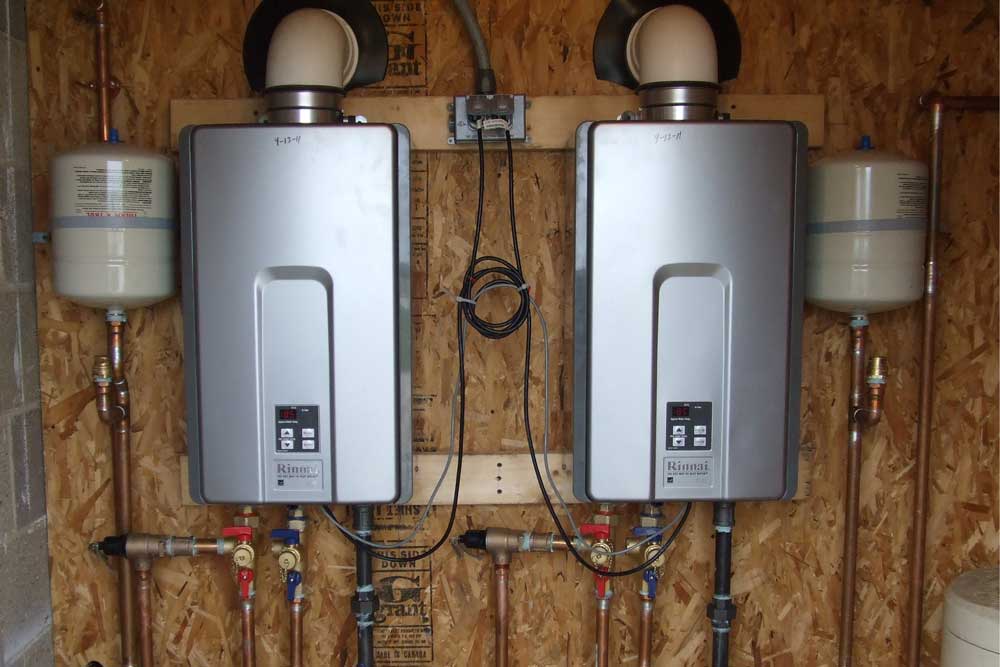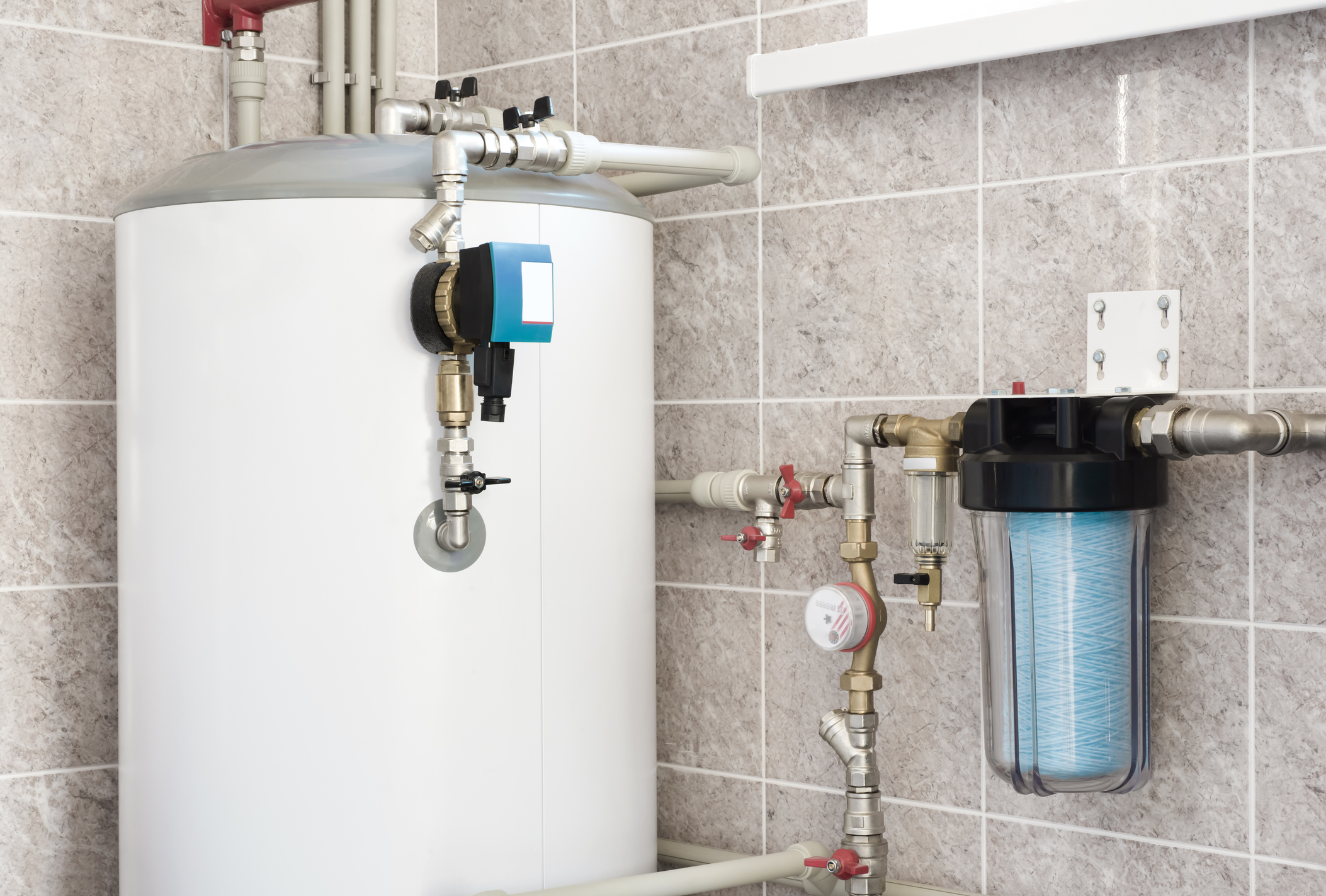Effective Techniques for Caring for Your Home's Hot Water SystemCaring for Your Home's Hot Water System: Key Guidelines
Effective Techniques for Caring for Your Home's Hot Water SystemCaring for Your Home's Hot Water System: Key Guidelines
Blog Article
Are you currently trying to find advise involving What Kind of Maintenance Do Water Heaters Need??

Warm water is essential for everyday convenience, whether it's for a refreshing shower or washing meals. To guarantee your warm water system runs efficiently and lasts longer, normal maintenance is essential. This post gives practical suggestions and understandings on how to maintain your home's warm water system to stay clear of disturbances and costly repair work.
Intro
Keeping your home's hot water system might seem overwhelming, but with a few easy steps, you can guarantee it runs efficiently for years to find. This guide covers whatever from understanding your hot water system to do it yourself maintenance tips and recognizing when to contact specialist help.
Value of Preserving Your Warm Water System
Regular upkeep not only expands the lifespan of your hot water system yet additionally ensures it operates effectively. Disregarding maintenance can result in reduced efficiency, higher power costs, and also early failing of the system.
Indications Your Hot Water System Needs Maintenance
Knowing when your hot water system needs attention can prevent major issues. Watch out for indications such as irregular water temperature level, strange noises from the heater, or rusty water.
Purging the Hot Water Heater
Purging your hot water heater removes sediment buildup, improving effectiveness and extending its life.
Monitoring and Changing Anode Rods
Anode poles stop deterioration inside the container. Checking and replacing them when worn is important.
Complex Issues Needing Expert Assistance
Examples include major leaks, electrical problems, or if your water heater is consistently underperforming.
Routine Professional Maintenance Benefits
Specialist upkeep can consist of complete evaluations, tune-ups, and ensuring compliance with safety and security criteria.
Evaluating and Readjusting Temperature Level Setups
Changing the temperature settings ensures optimum efficiency and security.
DIY Tips for Maintenance
You can perform several upkeep jobs yourself to keep your hot water system in leading problem.
Checking for Leaks
Regularly inspect pipelines and links for leaks, as these can lead to water damages and greater expenses.
Understanding Your Warm Water System
Prior to diving into maintenance jobs, it's practical to comprehend the basic parts of your warm water system. Usually, this includes the hot water heater itself, pipelines, anode rods, and temperature level controls.
Regular Monthly Maintenance Tasks
Regular month-to-month checks can assist catch small problems before they intensify.
Evaluating Stress Relief Valves
Testing the pressure relief valve guarantees it works correctly and protects against extreme stress accumulation.
Shielding Pipes
Insulating warm water pipes lowers warm loss and can conserve energy.
When to Call a Specialist
While DIY upkeep is helpful, some issues call for professional expertise.
Final thought
Regular upkeep of your home's hot water system is necessary for efficiency, durability, and price savings. By following these suggestions and recognizing when to seek expert help, you can make sure a reliable supply of warm water without unexpected interruptions.
Water Heater Maintenance: The Basics
Maintaining your water heater will ensure it operates efficiently and has a longer lifespan. Neglecting regular maintenance can lead to costly repairs and an even bigger chunk of your savings if you have to replace it sooner than necessary. But there’s good news: Most water heater maintenance tasks are relatively simple and easy for homeowners with basic DIY skills.
Flush the Water Heater
Over time, sediment and minerals can build up in the tank, reducing its efficiency and potentially causing damage. To flush the tank, turn off the power or gas supply, attach a hose to the drain valve near the bottom and open the valve to drain the water until it runs clear. Ideally, flush the tank annually.
Replace the Anode Rod
The anode rod is a sacrificial metal rod that helps prevent corrosion inside the tank. Inspect and replace it every three to five years or per the manufacturer's recommendation. To replace the anode rod, turn off the power or gas supply, drain a few gallons of water from the tank, unscrew the old rod and replace it with a new one. If the anode rod is significantly corroded or covered in calcium buildup, it's a sign the water heater may need to be replaced soon.
Tune-Up
A yearly tune-up can help identify potential issues and ensure your water heater operates at peak efficiency. This typically involves checking the thermostat, burner assembly (for gas heaters) and any other components specified by the manufacturer. During a tune-up, the technician may also clean the burner and adjust the pilot light (for gas heaters) or examine the heating elements (for electric heaters).
How to Maintain Your Water Heater
Insulate the tank. Insulating the tank can improve energy efficiency and reduce heat loss, saving you money on energy bills. You can purchase precut insulation blankets designed specifically for water heaters or use standard fiberglass insulation wrapped securely around the tank. Check the temperature. The recommended water temperature for most households is around 120 degrees Fahrenheit (49 degrees Celsius). Higher temperatures can increase energy costs and potentially cause scalding. Use a kitchen thermometer to check the temperature at the faucet nearest the water heater. Monitor water pressure. Excessive water pressure can strain the water heater and cause leaks or even tank failure. Install a pressure-reducing valve if necessary. The ideal water pressure range is between 60 and 70 PSI (pounds per square inch). Test the temperature and pressure (T&P) relief valve. The T&P relief valve is a safety feature that releases pressure if the tank gets too hot or the pressure builds up too high. Test it annually by lifting the lever and allowing a small amount of water to release. Replace the valve if it doesn't release water or reseal properly. Check for leaks. Regularly inspect the tank, pipes and fittings for leaks or corrosion. Deal with issues promptly to prevent further damage. Even a small leak can lead to significant water damage over time. Consider a tankless water heater. If your traditional tank-style water heater is nearing the end of its lifespan ( typically 10 years), consider replacing it with a tankless water heater. These units heat water on demand, reducing standby energy losses and potentially saving you money on your energy bills. Schedule professional maintenance. While homeowners can perform many water heater maintenance tasks, it's still a good idea to schedule professional maintenance every few years. A plumber or HVAC technician can thoroughly inspect the unit, identify potential issues and ensure it operates safely and efficiently. https://www.homeserve.com/en-us/blog/home-improvement/hot-water-heater-maintanence/

We had been brought to that article about How to Maintain a Hot Water Heater in a Few Simple Steps from a friend on another domain. Enjoyed reading our posting? Please share it. Help another person find it. Many thanks for being here. Kindly visit our site back soon.
Estimate Report this page